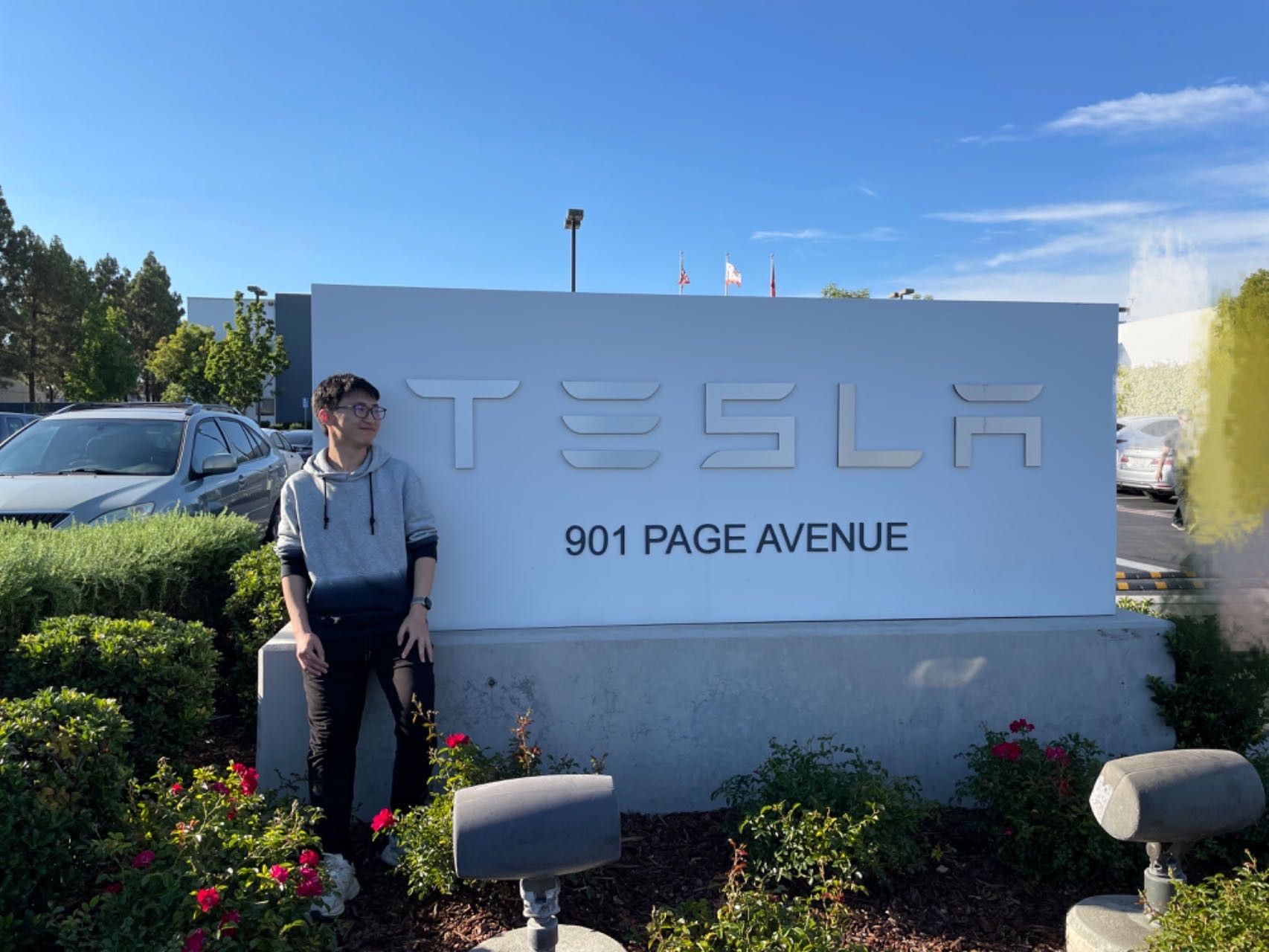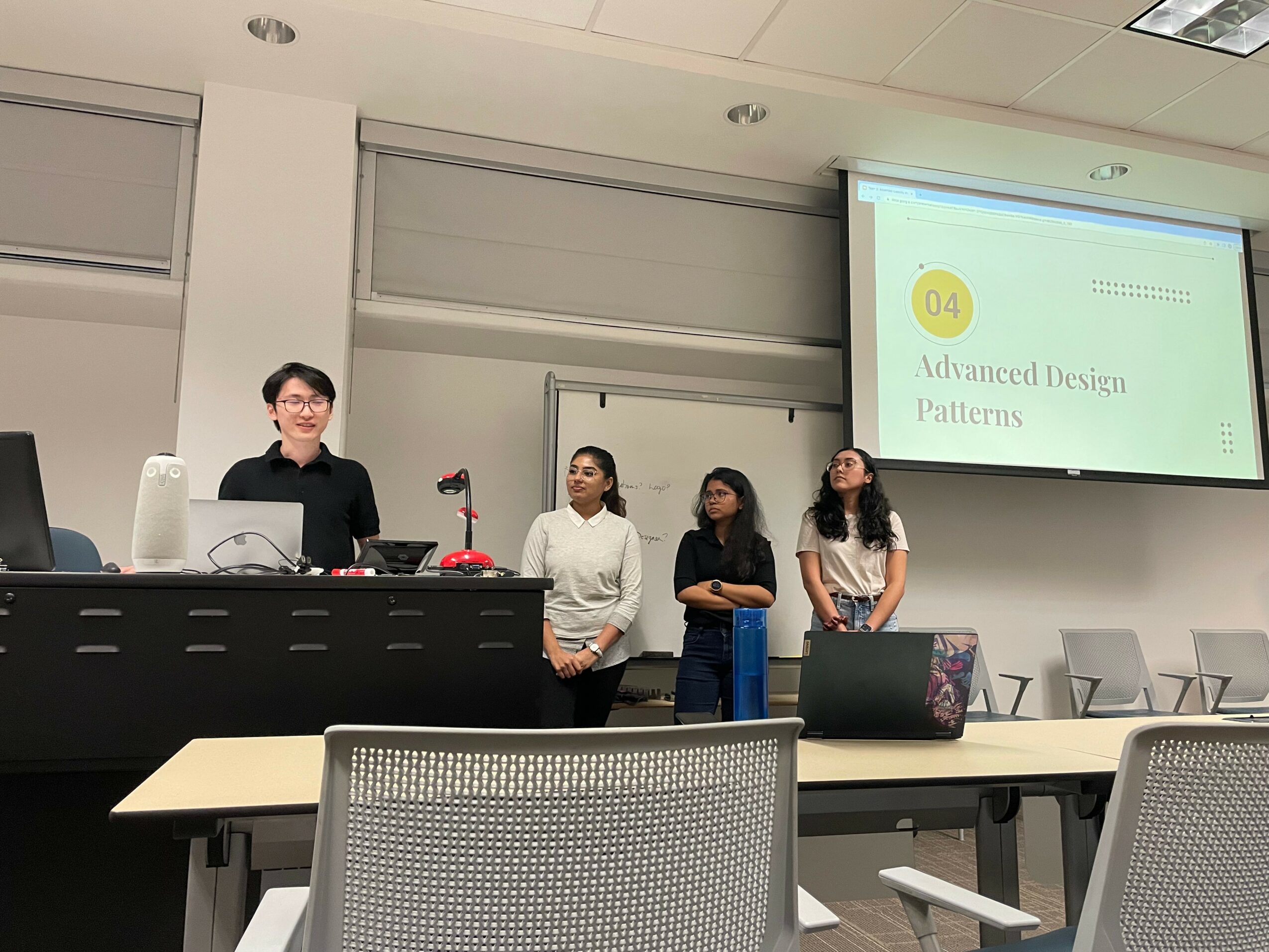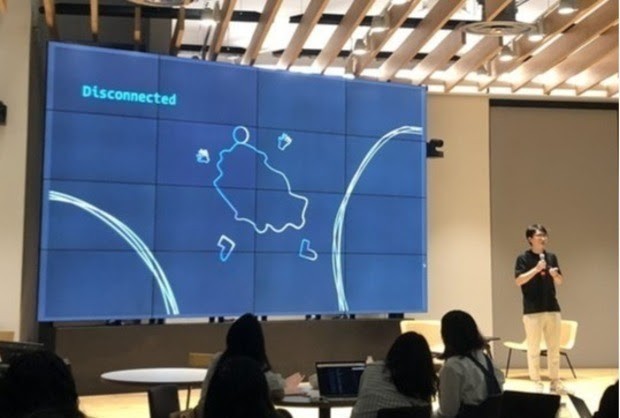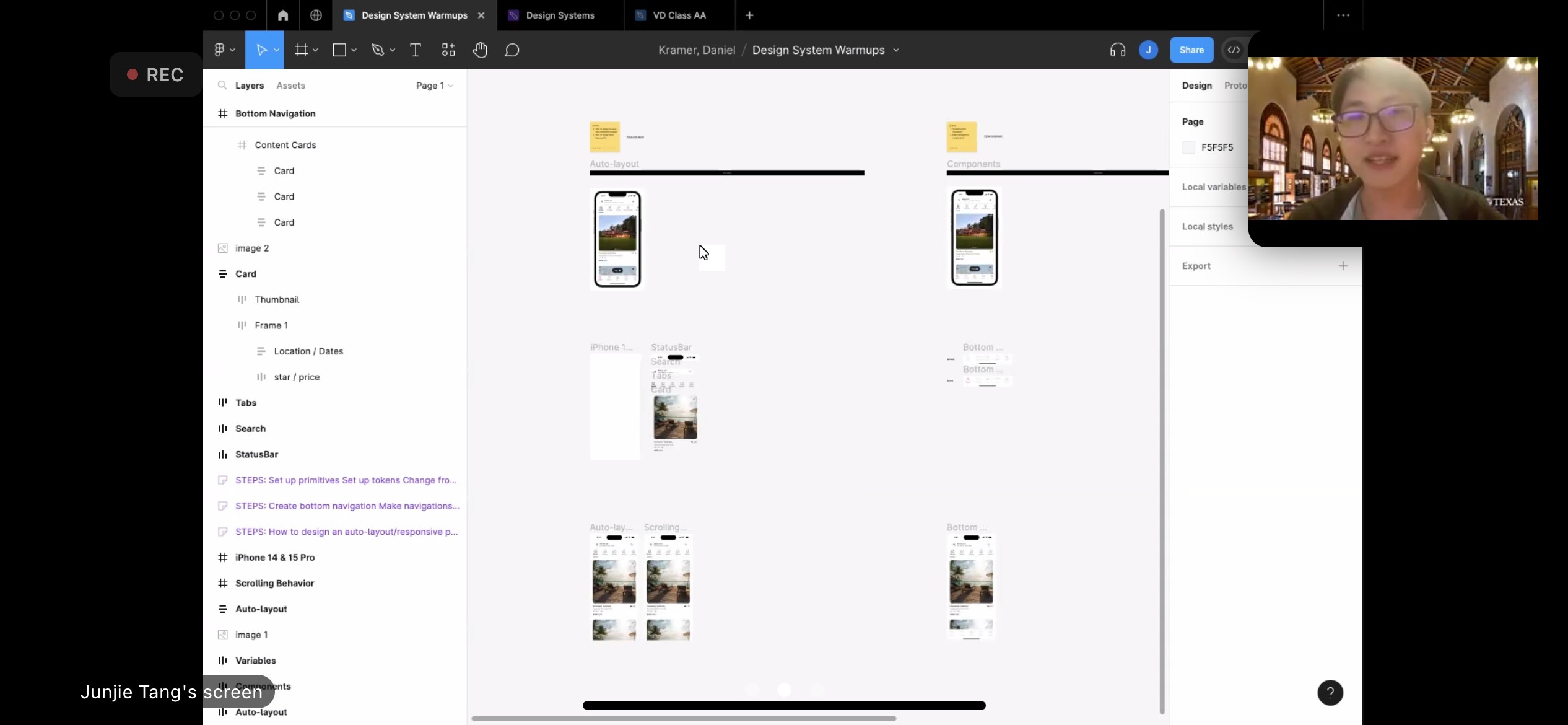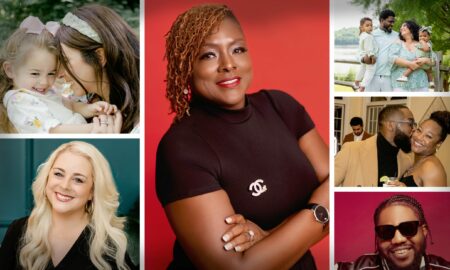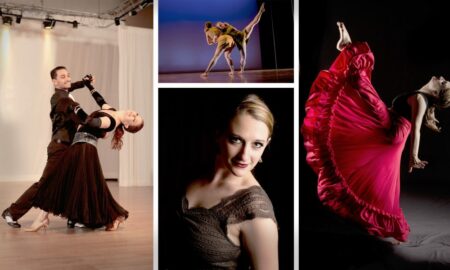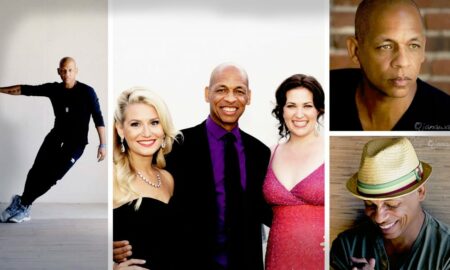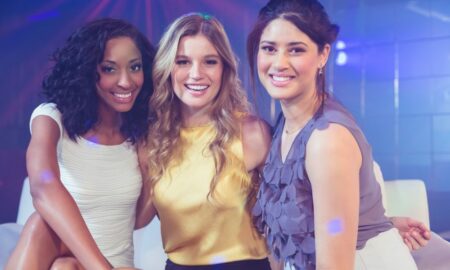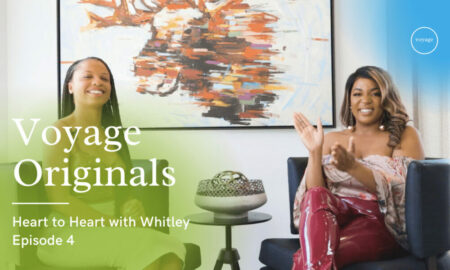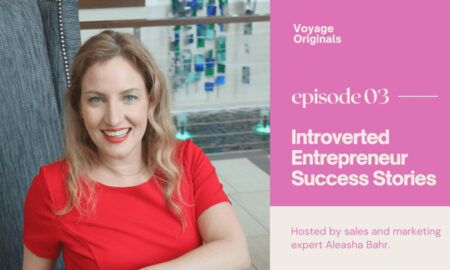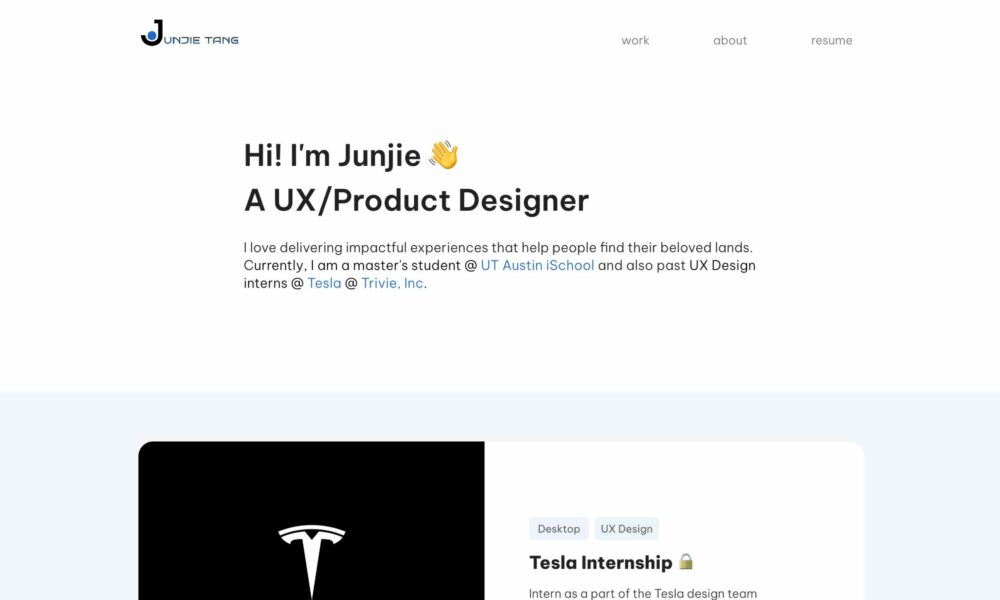

Today we’d like to introduce you to Junjie Tang.
Hi Junjie, thanks for joining us today. We’d love for you to start by introducing yourself.
I come from an educational background in electrical and mechanical engineering, where logic and cold reasoning dominated. Despite societal pressures from teachers and family in China to pursue a promising and profitable career in mathematics and engineering, I lacked passion for these areas. Reflecting on my true interests, I realized that since childhood, I was drawn to reading novels, watching films, and forming deep emotional connections with the characters. During my adolescence, I explored my creativity through writing poems and film scripts and engaging in art. These activities fueled my dream of becoming an artist. While I am thankful for my engineering background, as it has equipped me with systematic thinking, my heart lies in the arts, where I can express my imagination and creativity.
I am grateful for the systematic thinking and perspective on problems from a physics standpoint that my engineering studies provided. However, I still felt that my true talents and interests lay in a career that could stimulate my imagination and creativity. My past hobbies, continually surfacing during my undergraduate engineering studies, guided me toward exploring and discovering a more suitable path for myself. It was during my studies that I discovered Human Factors Engineering and Human-Computer Interaction, disciplines that intriguingly combine computer systems with human psychology and art. This realization led me to embark on my journey of studying at the University of Texas at Austin.
At the University of Texas at Austin, I began my learning journey in human-computer interaction and user experience. I gained a lot of exciting knowledge from various engaging courses, covering topics like design thinking, usability testing, interaction design, accessible design, human-AI interaction, and VR design. These subjects closely matched my innate empathy and my ability to think about and improve interactive systems from a human perspective. Throughout this journey, I gained immense joy and confidence, solidifying my ambition to pursue a career in user experience design.
Through dedicated learning and relentless effort, I accumulated significant design experience in the industry. From smaller startups to a large-scale enterprise like Tesla, the scale of my design projects increased, and the products I worked on became more impactful.
From initially designing classroom applications for book recommendations and AI products to engaging in real, small-scale projects and companies, interacting directly with clients and users, to collaborating with programmers and product managers in larger companies to create products used by tens of thousands or even millions of people. I have grown into a professional user experience designer with three years of experience, capable of independently completing highly influential products. Through my design, communication, and presentations, I showcase the value of design and user experience to people. Most importantly, I have become the person I dreamed of being in my youth: someone who can fully help others through imagination and emotional strength, progressing alongside technology.
Can you talk to us a bit about the challenges and lessons you’ve learned along the way. Looking back would you say it’s been easy or smooth in retrospect?
No, my journey wasn’t smooth sailing. Unlike other designers who might have more background in painting, visual arts, and fine arts, transitioning to user experience design from an engineering field completely unrelated to design was somewhat challenging and agonizing for me.
At first, my limited design skills and different backgrounds led to skepticism and ridicule. People often said, “You’re not suitable for design!” “You should change to another career path”. As someone introverted and not adept at self-expression, these comments deeply affected me, making me question my fit in the field. I faced a dilemma: should I return to engineering or persist in user experience design and research? Despite my doubts about excelling in design, my perseverance and intuition persuaded me to continue.
I chose to immerse myself further in user experience, acquiring more knowledge and experience. This decision paid off, affirming my choice was the right one.
Adapting to new environments and technologies presented another challenge. The shift from Adobe to Figma and the rise of AI technologies continually tested my design abilities. This era of rapid change and increased demands spurred me to constantly seek out new learning and research opportunities, which I found thrilling. Additionally, the field became more competitive with more learners and a harsher economic climate. While I initially secured opportunities among hundreds of applicants, the role of a designer has evolved. Now, it’s not just about having good design and communication skills; adaptability to new technologies and other skills are equally crucial. Looking ahead, I recognize the need for ongoing effort and adaptation.
Alright, so let’s switch gears a bit and talk business. What should we know about your work?
My main responsibility lies in user experience and product design, particularly in the SaaS domain. As a user experience designer, I integrate insights from user needs, business objectives, and the evolving technology sector. My design approach, rooted in design thinking, aims to create experiences that positively impact customers and bring substantial business value. This interdisciplinary skill set allows me to balance user desires and business goals, creating products that are well-received by both users and the market. I excel in user research, creative design, and engaging presentations. Over the past three years, I have continuously improved my skills, focusing on creating user-centric products with significant impact. This involves deeply understanding users and using rigorous research methods to uncover key insights. My empathetic ability is central to this process, helping me translate user needs into valuable product features. This blend of empathy, research rigor, and design talent sets me apart in the field, and I take great pride in it.
I am particularly proud of my contributions to human-centered future technology and improving people’s interactive experiences, both in my internships and academic research projects. At Austin Jazz Society and EchoKids, I applied my skills to enhance the online presence and interactive channels for music education communities, improving access for both the elderly and children. Later, at Trivie and Tesla, I provided effective and elegant product design solutions for a broader employee base, benefiting employees and people worldwide. Additionally, my research explores how adults and children interact, learn, and grow in virtual worlds. I am also proud that my experiences can bring value and benefits to the younger students in the classes I helped as teaching assistants.
Two unique aspects of my approach are: firstly, my ability to think about problems from a more systematic perspective, thanks to my engineering background. I consider design issues comprehensively and systematically, dissecting problems from an engineering standpoint to gain deep insights and guide further design. Secondly, my creativity and originality always drive me to brainstorm innovative solutions, aiming to offer designs that are both engaging and practical.
What matters most to you? Why?
For me, the first important aspects are creativity and originality. Nowadays, our lives are filled with repetitive and low-creativity content, like short videos on TikTok and Instagram. Similarly, in the field of user experience, designs seem to be increasingly homogenized and imitative of other products. A major but unfortunate trend is the lack of creativity and uniqueness in designs. Originality is crucial to me. In my work, I always think about how to create designs that are both innovative and effectively meet our needs. For example, during my internship at Trivie, I brainstormed with the CEO and product manager on how to organically integrate AI with generating learning content. I enjoy such processes.
Secondly, the opportunity for continuous exploration and learning is vital. As someone with an insatiable curiosity and a desire for new knowledge, I am always exploring various possibilities and thinking about how to combine other technologies with user experience. While working at the Immersive Human Development Lab, I focused on whether one could effectively interact and feel immersed in virtual spaces.
Last but not least is the human-centered philosophy. Regardless of how much technology has advanced, being a user experience designer, I always focus on a human-centered approach. I hope my work will design products that are truly useful to humanity, accessible, considerate of people’s needs, and aimed at improving everyone’s life and happiness. I believe that in the future, with my efforts, more efficient and human-centered technologies will benefit society.
Contact Info:
- Website: https://www.junjietang-portfolio.com/
- Linkedin: https://www.linkedin.com/in/jforux
